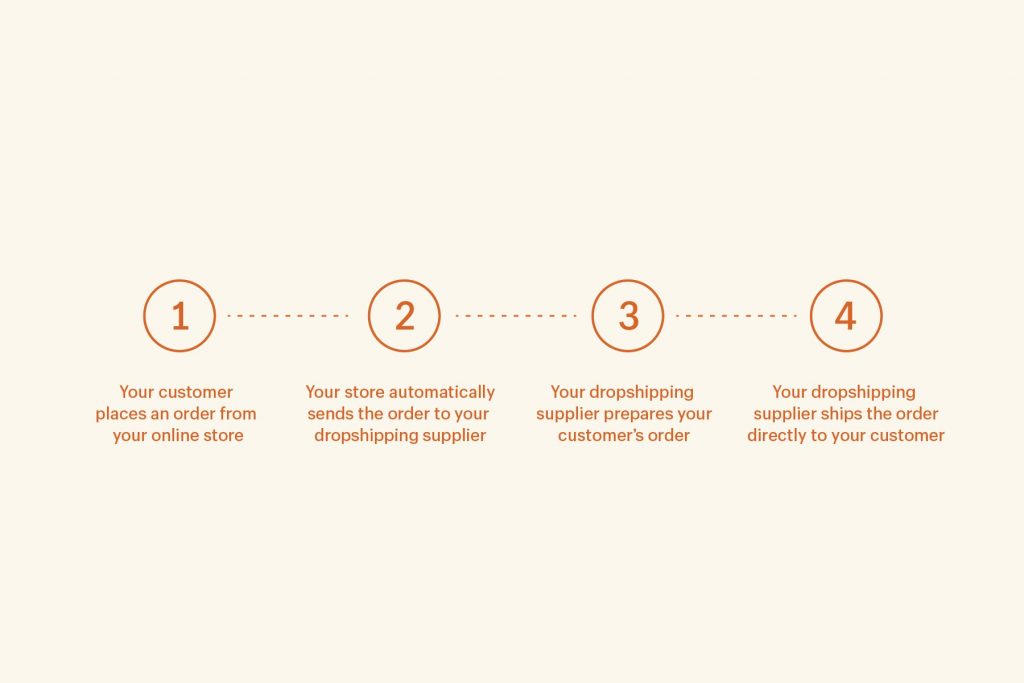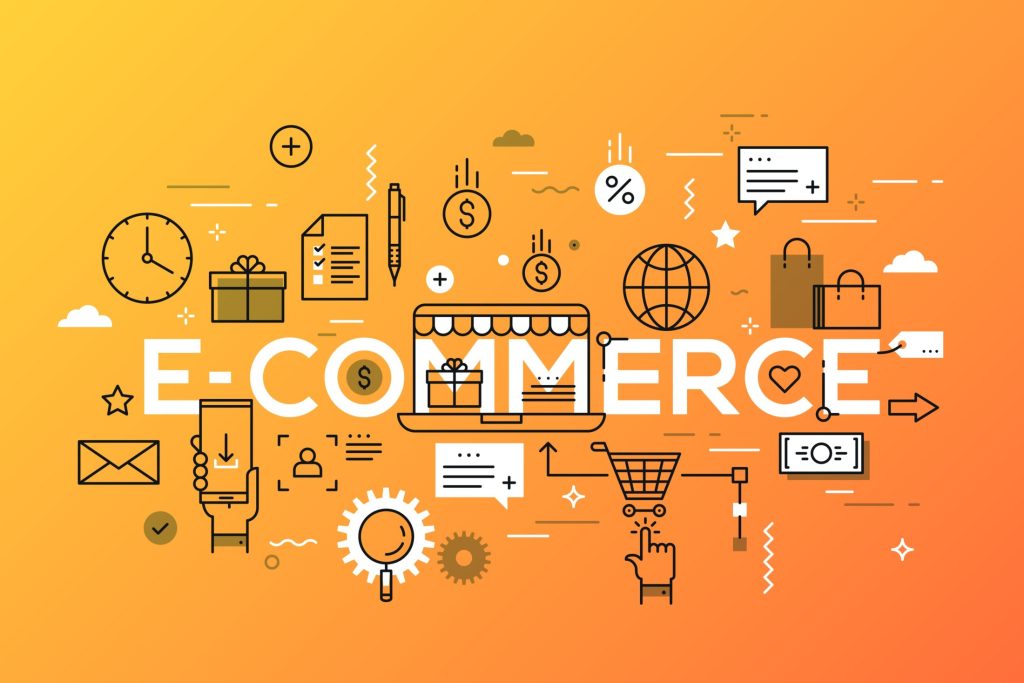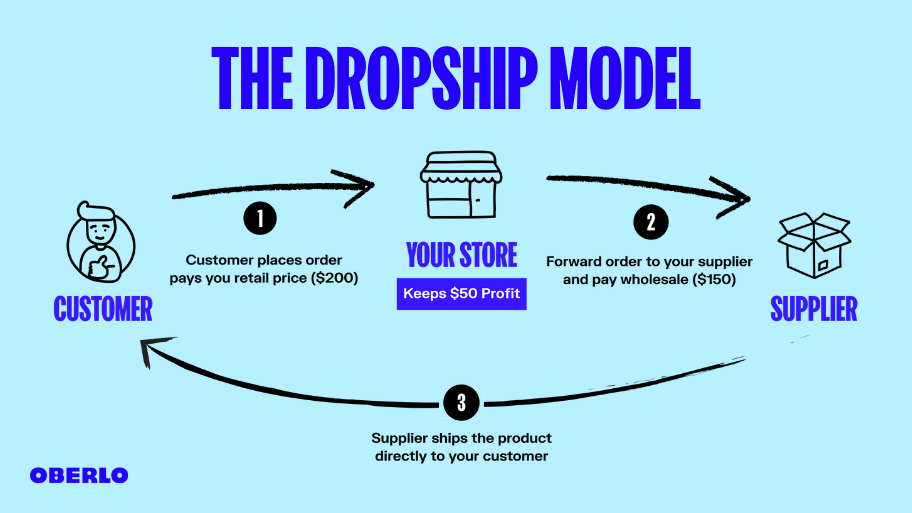
The Ecommerce Dropshipping Playbook

Ebike Generation founder John Murphy got his start down a YouTube rabbit hole. Looking for a way to make money online, he began watching video after video on dropshipping and affiliate marketing. Within three years, John went from teaching himself e-commerce to running an e-bike company that posted $3 million in revenue dropshipping.
It’s the kind of success story that most dropshippers dream of. Here are some of the strategies from his dropshipping playbook.
Tips for starting a dropshipping business
1. Select a product
John considered a lot of factors when deciding what his online store would sell. Some of the major ones:
- High priced product for higher margins. That means you don’t have to make as many sales, and it’s easier to manage fewer customers.
- Lightweight product. Dropshippers have to pay for shipping, and shipping costs will eat into their profit.
- Availability of domestic suppliers. More domestic suppliers means it’ll be easier to keep your store stocked (and bonus points if you can become an authorized retailer of a few suppliers).
- Competition. If there are more than 25 or 30 stores already selling, the market might already be too saturated.
2.Find a niche

In order to differentiate himself from other e-bike sellers, John focused on a very specific set of customers based on some of the sales he was making in dropshipping.
“I sell specifically to hunters,” John said. “By doing that, I found that it was a lot easier to talk on a deeper level to one demographic than trying to be everything to everybody.”
John isn’t a hunter, but he learned their needs for a heavy-duty e-bike and found that there weren’t a lot of other stores targeting that demographic, particularly in search dropshipping results. He started removing those little foldable e-bikes that are better for city streets from his inventory. He changed product photos and descriptions, and started writing content like “Top 11 Electric Hunting Bikes.”
“And while it was very scary in the beginning doing that and deliberately being polarizing and cutting out over 90% of my potential customers, it was absolutely game changing for me because everything became easier, marketing, email, the messaging on the website, everything became about how an e-bike is going to elevate your hunt. And then hunters really were drawn to it,” John said.
3. Diversify where your traffic comes from
John originally got all of his customers through Facebook and Google ads. But he was banned by Facebook and Google in the same week because e-bikes are considered vehicles, which are not allowed to be sold through the two platforms.
“I was ready to quit my job. And then when the suspensions came down on my accounts, all my traffic went away overnight,” John said. “I went from getting 10,000 visitors a month, 100% from paid traffic, to then something like 15 or 20 visits a week to the store. The idea that I may not be able to ever quit my job was a hard pill to swallow.”
Since he couldn’t advertise, John shifted his focus to organic traffic instead. He started imitating affiliate marketers, trying to get his site to rank high in search results with search engine optimization (SEO) tactics.
“I started creating content like theirs but tweaked so it would be more effective to get people to the product pages,” John said. “And then there was a whole lot of things I had to learn, how to get backlinks and how to do all of the things that would then support the content I was writing so it would be more likely to rank on page one. It’s a slow process, it takes a long time to write good, helpful content and then get it to rank. But it definitely worked, because it kept me in business.”
4. Know your product and customers

John actually didn’t even ride an e-bike until he’d been in business for two years, but that didn’t mean he couldn’t sell it.
“Because I was writing all of my product descriptions, I was getting very familiar with all the types of components, what they do and how they perform, the different types of bikes,” John said.
He was also creating collection pages daily and answering customer service emails, live chat questions, and phone calls.
“It was a very steep learning curve of eBikes and of hunters because I’m also not a hunter,” John said. “I got that baptism-by-fire education but it was fantastic because that was the best way for me to learn.”
5. Monopolize search results
After a few successes with getting some of his content to rank in search results, John realized that it didn’t matter how good he got at SEO. Google limits only two of the top 10 results of a search to the same website. To get the other eight spots, he would need to team up with other sites — affiliate marketers — to link to his products dropshipping.
“I created an affiliate program using an app I found on Shopify, and I went on to page one and I started recruiting all of those affiliate websites to link to me instead of Amazon. They were already on page one, so not only was I getting some traffic from occupying the top spot in Google dropshipping, I was also indirectly occupying five other spaces on page one,” John explained. “I monopolized the whole page, and that’s been absolutely game changing for me as well because even though I give away a commission, those are sales that would’ve went to somebody else.”
Take a listen to John’s full interview on Shopify Masters to hear how he taught himself affiliate marketing and search engine optimization to take his e-bike company to new heights dropshipping.







Responses